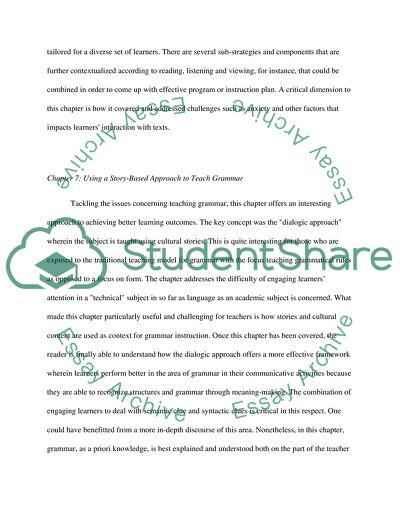Cite this document
(“Language Learning and Elementary School Curriculum Annotated Bibliography”, n.d.)
Retrieved from https://studentshare.org/education/1657884-communication-in-second-language-teaching-and-learning
Retrieved from https://studentshare.org/education/1657884-communication-in-second-language-teaching-and-learning
(Language Learning and Elementary School Curriculum Annotated Bibliography)
https://studentshare.org/education/1657884-communication-in-second-language-teaching-and-learning.
https://studentshare.org/education/1657884-communication-in-second-language-teaching-and-learning.
“Language Learning and Elementary School Curriculum Annotated Bibliography”, n.d. https://studentshare.org/education/1657884-communication-in-second-language-teaching-and-learning.


